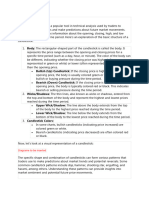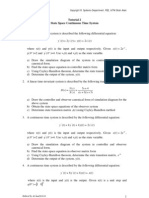0% found this document useful (0 votes)
698 views16 pagesPrice Action - Part 1
Price action chart is a book about showing action price in stock market
Uploaded by
sigaro8387Copyright
© © All Rights Reserved
We take content rights seriously. If you suspect this is your content, claim it here.
Available Formats
Download as PDF, TXT or read online on Scribd
0% found this document useful (0 votes)
698 views16 pagesPrice Action - Part 1
Price action chart is a book about showing action price in stock market
Uploaded by
sigaro8387Copyright
© © All Rights Reserved
We take content rights seriously. If you suspect this is your content, claim it here.
Available Formats
Download as PDF, TXT or read online on Scribd
/ 16

























































































